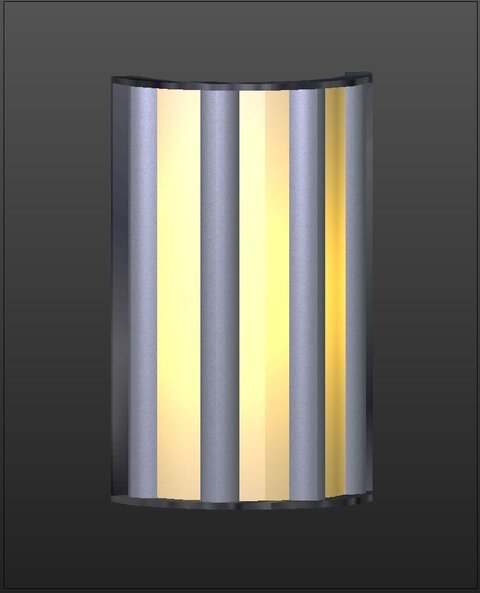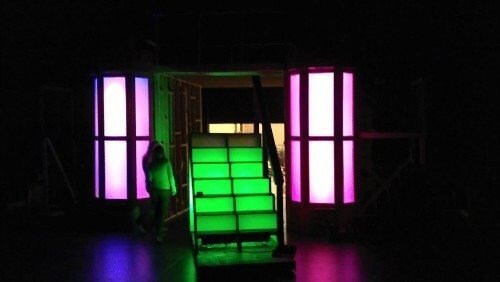kicknargel
Well-Known Member
Hey folks. I'm building some translucent columns for my corporate rental inventory. For much of my translucent stuff I use Coroplast (corrugated plastic) but it won't make the bend without folding. I'm fitting the plastic into a 12" radius inside curve. I don't think any kind of fabric will work because it won't make an inside curve (it will tend to pull itself inward, out of round. I could probably use acrylic or polycarbonate, but am hoping to find something more affordable (I need 25 sheets).
Things I've looked at:
Diffusion gel: too flimsy
HIPS (high impact poly styrene, i.e. vacuform): too opaque
LDPE: too transparent
HDPE: haven't found an appropriate thickness
I just ordered a sample of Lee 400 (LeeLux) which is a thick diffusion. Maybe that's a winner, but I welcome other ideas.
Things I've looked at:
Diffusion gel: too flimsy
HIPS (high impact poly styrene, i.e. vacuform): too opaque
LDPE: too transparent
HDPE: haven't found an appropriate thickness
I just ordered a sample of Lee 400 (LeeLux) which is a thick diffusion. Maybe that's a winner, but I welcome other ideas.




